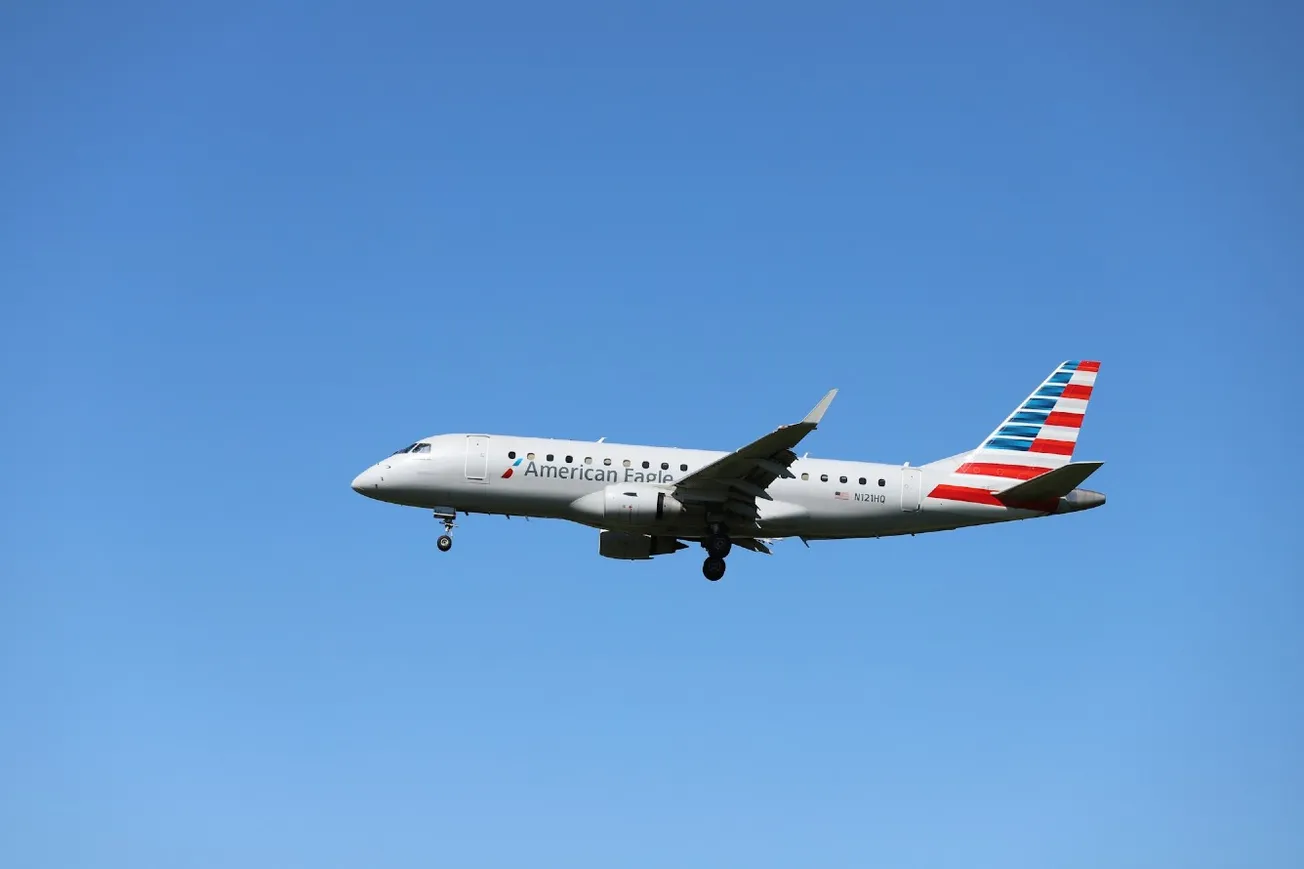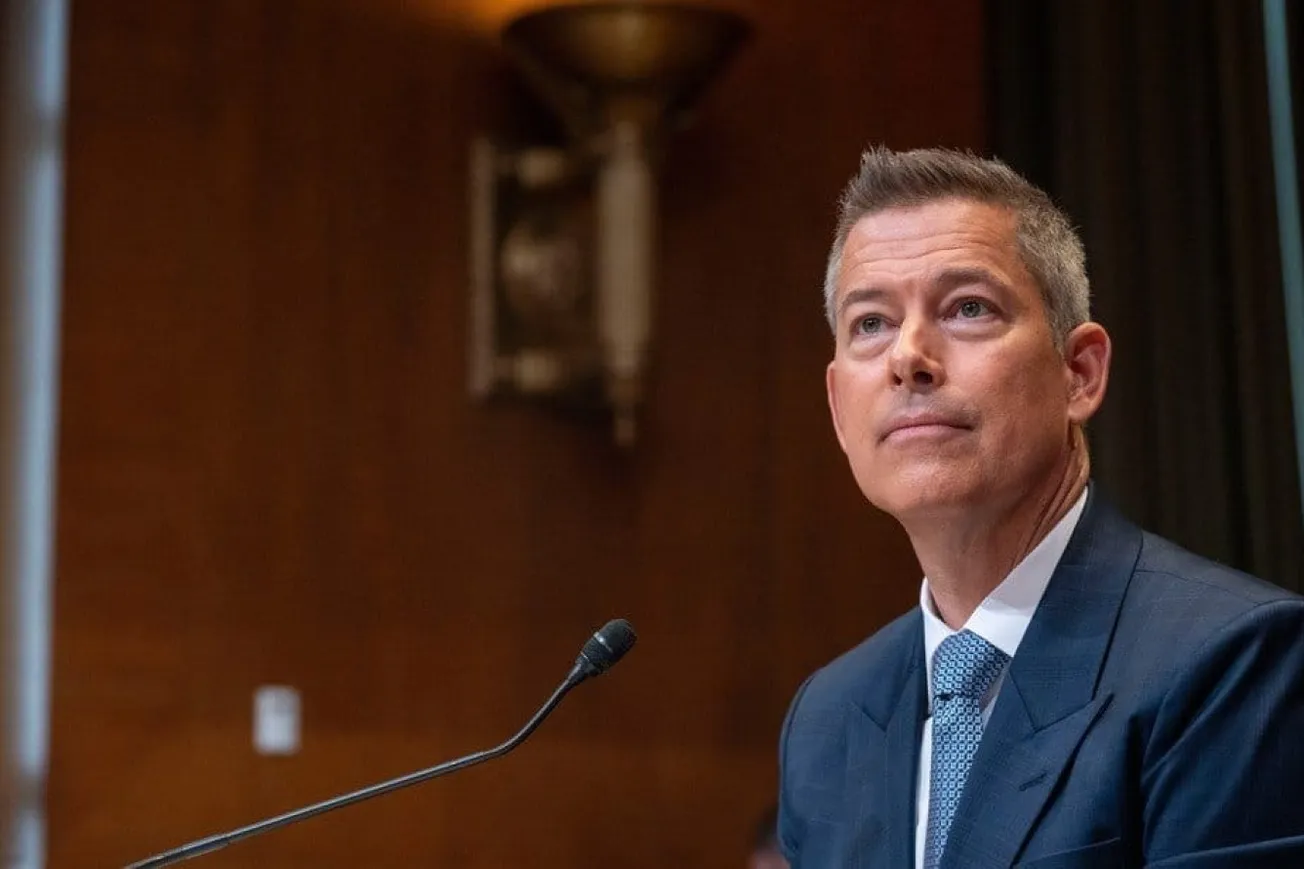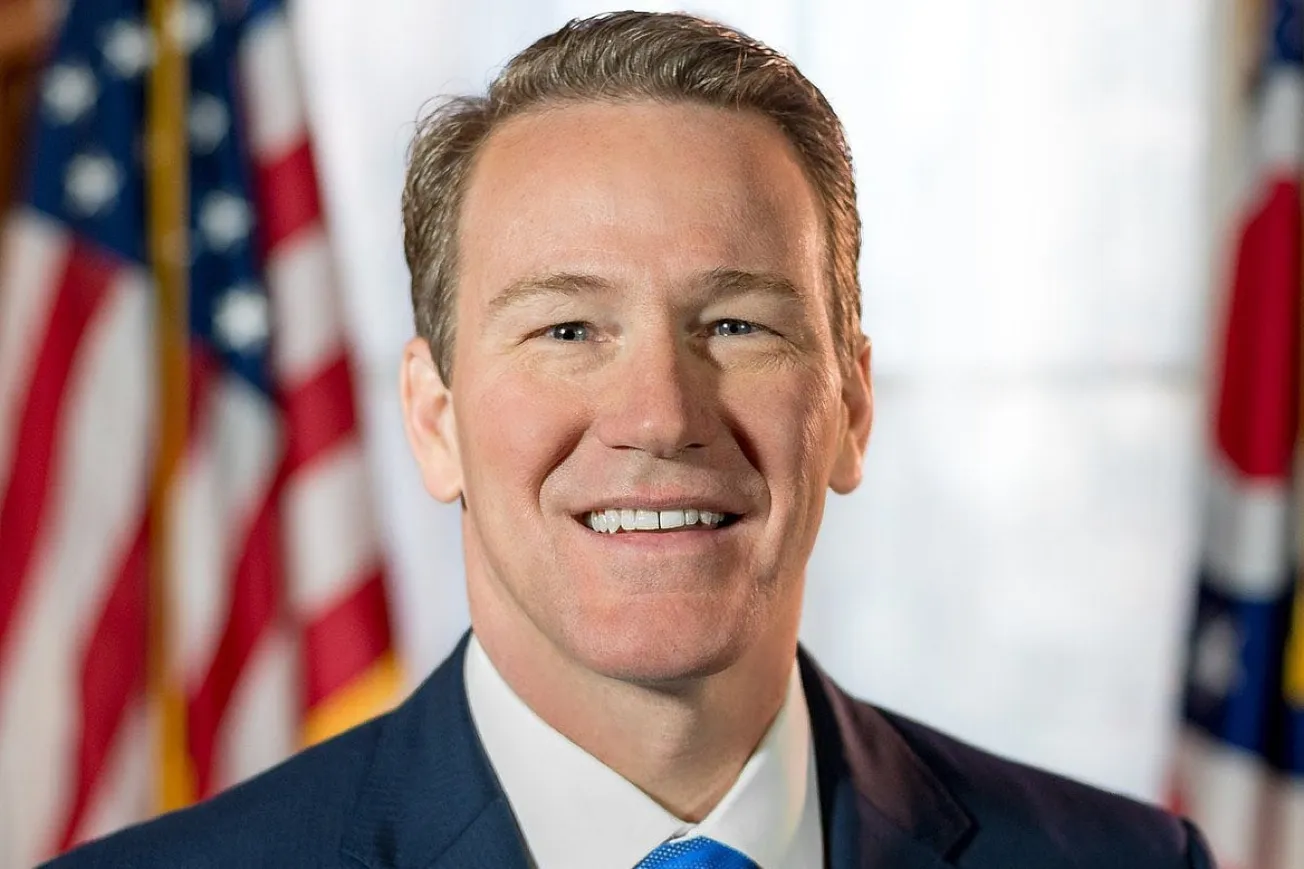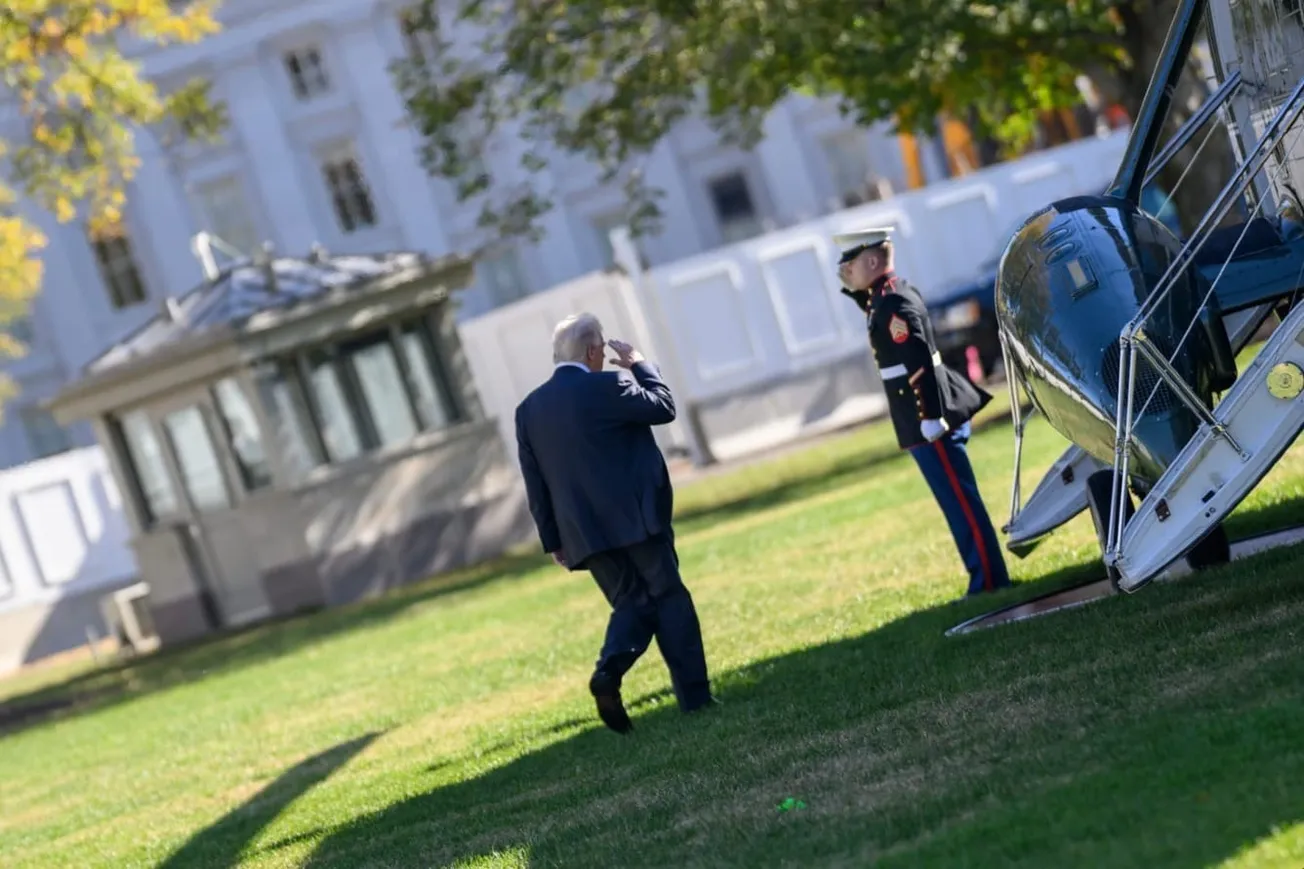By Reagan Reese And Amber Duke, Daily Caller News Foundation| February 10, 2025
Washington’s Reagan National Airport has suffered countless near misses between aircrafts over the last few decades, many reported by pilots themselves, an issue the FAA has done little to solve, according to a Daily Caller review of public documents.
Just a few moments away from touching down at Washington Reagan National Airport (DCA) on Jan. 29, an American Airlines passenger jet collided with a military helicopter. There were no survivors. The most fatal crash in several decades has caused aviation experts and administration officials alike to parse through public information and determine how something so catastrophic happened. Was the helicopter too high? Did the airplane take the wrong approach? Did Air Traffic Control (ATC) give proper alerts?
Days after the crash, the FAA temporarily banned all mixed helicopter and fixed-wing flying aircrafts from flying over the Potomac River near the airport. New FAA guidance now allows some emergency helicopters to pass near the D.C. airport and requires civilian planes to hold when they are in the area.
But those changes only happened now, despite the fact that for years prior to the crash, helicopters and airplanes have been passing within feet of each other at DCA, causing pilots to make evasive maneuvers to avoid catastrophe. Pilots have been angrily reporting these incidents to an anonymous, public database, but little was done to address the issue until the tragedy last month.
“THIS HELI CONFLICT … AT DCA IS AN ONGOING PROB. HERE IS AN ACCIDENT WAITING TO HAPPEN,” a pilot furiously asserted after a January 2016 near miss.
The issue has become so frequent that pilots reported feeling that complaining about the incidents was useless and unlikely to spur any action. As such, they started treating the near misses as practically inevitable at the Washington, D.C. airport.
“Complacency is a killer,” one commercial pilot, who requested anonymity to speak freely about the reported incidents and the DCA crash, told the Caller.
The Daily Caller reviewed public reports pilots and air traffic control have filed through the Aviation Safety Reporting System (ASRS) between 1988 to 2025 while working at DCA. The reports address all sorts of aviation issues and are supposed to help the FAA “disseminate information to the proper authorities who can investigate and determine if action is warranted.”
The Caller looked specifically at self-reported airborne conflicts and near misses between aircrafts near Washington Reagan National Airport and found there had been 220 such incidents from 1988 to 2025. Of those, 30 have been between helicopters and airplanes, marking an almost annual occurrence.
By comparison, nearby Dulles National Airport has had 181 self-reported airborne conflicts and near misses between aircrafts in the same time period. Just five have been between helicopters and airplanes.
“Anyone can [self] report it for any reason, but usually it’s because pilots get afraid and they said, ‘Holy shit that was too close.’ Traffic was issued too late, or I didn’t see that issue report,'” Michael Pearson, a former air traffic controller and ATC training instructor, told the Caller of the ASRS reports.
The commercial pilot added, “Usually you are pretty pissed if you are willing to write the report and submit as an ASR. It’s not an ‘Oh, that was interesting’ moment. It’s a ‘Hey, this is a problem’ moment.”
The near miss reports cite numerous issues that pilots and ATC have faced over the last several decades at DCA. Some airplane pilots wrote that they never received any alert from the ATC of a helicopter flying just feet below the plane as it landed.
“Helicopter traffic was heading up the Potomac while we were on the river … visual approach did not alert us to the oncoming traffic,” a pilot wrote in January 2022.
Others were notified of the close aircraft only after it had passed by.
“After there was action taken to make a correction from the close call, we were then informed by DCA tower of close traffic,” a pilot recounted in July 2015, “although at that point it would have been too late.”
In other instances, pilots and ATC reported that helicopters flying near the DCA runways had climbed far higher than they were supposed to, putting them dangerously close — sometimes just 200 feet — from the airplane.
Even a helicopter potentially tasked with transporting the vice president has reportedly experienced a near miss in the last decade. In May 2017, a helicopter and airplane pilot reported an “an unsafe situation involving VIP movements.” It is not confirmed if the vice president — at the time, Mike Pence – was in the helicopter at the time, but the report notes that the craft was en route to the Naval Observatory.
One air traffic controller for the Potomac Consolidated TRACON wrote that they were holding airplanes in the sky during a presidential movement, but the controllers at DCA nonetheless launched two departures at the presidential aircraft “less than a mile and no altitude, converging.” The report suggests that towers need to coordinate better during VIP movements.
“How is it we on approach are not allowed to run arrivals yet they have the authority to release airplanes right at presidential aircraft?” the controller at Potomac Consolidated TRACON vents in his report.
DCA’s airport is one of the most difficult landings for pilots in the country. With congested airspace, short runways, frequent restricted airspace and landings right along the water, the reports showed that pilots found themselves having a difficult time juggling an already-tight landing zone with possible helicopter presence near the runways. Pilots were especially frustrated with the fact that helicopters are allowed to pass below airplanes, near runways, as commercial airplanes are descending to land.
“I cannot imagine what business is so pressing that these helicopters are allowed to cross the path of airliners carrying hundreds of people! I do not understand why they are not crossed IN-BETWEEN arrivals,” a pilot angrily wrote in 2013 after his aircraft came within just 200 feet of a helicopter. The pilot added that ATC only called out the traffic one time — and that the helicopter was several hundred feet above where he should’ve been. Upon landing and making a call up to the tower, the pilot wrote that it took some “prodding” to even get an explanation from ATC on why his aircraft nearly grazed the helicopter.
“The FAA allows these aircrafts to operate in this environment and we have no choice, but to accept it and deal with it,” the pilot added.
Of the self-reported incidents the Caller reviewed, many pilots described coming within a few hundred feet of helicopters while descending into the Washington airport. Some near misses took place while planes were trying to land on Runway 33, the runway that the crashed American Airlines craft was set to land on. The Washington Post reported that Runway 33’s landing route takes jets within 15 feet of the top of the Route 4 helicopter corridor.
“The width of the Potomac [helicopters] are allowed to … pass [below airplanes]. But it’s kind of insane. Honestly, they should not, they shouldn’t have those routes that close to descending airplanes,” Pearson told the Caller.
A report from March 2015 details an airplane and a helicopter coming just a few hundred feet apart as the aircraft lined up to land on Runway 33. The pilot notes in his report that while starting to land, they spotted a helicopter that was close in altitude and climbing. The report explains that the pilot made a decision to abort the landing ahead of getting an alert that the other aircraft was too close to the plane.
After landing on a different runway, the pilot spoke to the tower about the near miss, learning that the helicopter had climbed far beyond where it was supposed to be.
“The tower supervisor I spoke with told me a few things that explained what may have happened. Number one, he said that the helicopters operating in that area should NEVER be above 200 feet. According to him, the helicopter was at 800 feet, clearly not where he was supposed to be,” the pilot writes, noting that he had his airplane climbed to 2,000 feet to avoid a crash.
“[The tower supervisor] also explained that ATC may have taken their eyes off the helicopter for a second because they would never expect those helicopters to do something that egregious. That seems plausible given the fact that I’ve never seen a helicopter in that area at that altitude. He suggested that it was most probably a deviation on the part of the Pilot of the helicopter, and a loss of aircraft separation that was also the fault of the helicopter pilot,” the report states.
Another 2015 report details a severe incident where the ATC failed to communicate another aircraft’s activity in the airplane’s path during its landing — just 400 feet from the ground.
“This occurred about 400 feet off the ground to the point where the pilot monitoring had to take the controls to make a correction in order to prevent it from becoming a midair collision,” the captain of the landing aircraft wrote.
“After there was action taken to make a correction from the close call, we were then informed by DCA tower of close traffic, although at that point it would have been too late,” the pilot added.
In May of 2013, another self report details another near miss while attempting to land on Runway 33. In this incident, the airplane pilot writes that, despite ATC asking the helicopter if it had the aircraft in sight and to maintain visual separation, the chopper made a turn that looked to be directly in the path of the airplane.
The turn caused the captain of the airplane to make a “hard turn” to avoid the helicopter.
Pearson explained to the Caller that one issue that is contributing to the near misses is that military and commercial pilots cannot hear each other because they are on different radio systems. Nearly all of the self-reported near misses reviewed by the Caller make a reference to Traffic Alert and Collision Avoidance Systems, which alert the plane and ATC if two aircrafts are on a collision course. These, Pearson told the Caller, are specifically designed to not be inhibited at low altitudes.
“Military and civilian traffic together adds a challenge. Part of our situational awareness is hearing what’s going on on the radio. When ATC transmits to the [military] guys we can hear them but can’t hear the [military] guys because they are on UHF and we are on VHF,” a commercial pilot told the Caller.
“A lot of accidents have been avoided by hearing another aircraft say something and it raising a red flag to you that you can bring to the attention of a controller,” the pilot continued to the Caller.
Several of the reports reviewed by the Caller cited the different radio frequencies as concerns for their near misses. Others said they had trouble understanding the helicopter pilots even if they were on the same frequency. Additional self reports made notes of the busy airport and the pressure to push airplanes in and out as quickly as possible as reasons for near misses.
“I understand DCA is a busy airport, I was based there for years. The military low-level helicopter traffic that routinely is in the DCA traffic area complicates matters,” a captain of a major carrier wrote in 2015. “But this is probably the most dangerous airport in the United States, strictly based on the fact the controllers are pushing, pushing, pushing, in an attempt to handle the traffic they have.”
Lack of communication between aircrafts and ATC regarding helicopters in the area of landing dates back to 1988, according to the Caller’s review of reports.
Pilots have also been expressing concern about the lack of separation between craft for decades.
“Non-standard separation over the river seems to be the norm for DCA for some reason. I have not encountered this type of [operation] at any other U.S. airport,” a pilot wrote in 2006.
The pilot details the difficult approach at DCA and points out that his aircraft received several notifications through Traffic Alert and Collision Avoidance Systems. He opted to continue his landing, believing he had the two offending helicopters in sight, but later realized they had come within 200 feet of his plane. At the time, their Traffic Alert and Collision Avoidance Systems had also been inhibited because of low altitude.
“I have to question the wisdom of DCA [tower] letting helis fly in the [approach] path of one of the country’s highest profile airports, particularly on an [approach] as challenging as this one,” the pilot wrote.
And just two years ago, one air traffic controller flagged that control tower was short staffed, causing the individual to take on multiple roles at once. This contributed to a near miss between two military helicopters. “I was working two positions combined of both helos/Local Control when the event happened,” the air traffic controller wrote.
A pilot summed up the general frustration with so many close calls after a 2006 incident: “Why does the tower allow such nonsense by the military in such a critical area? This is a safety issue, and needs to be fixed.”
Early reports about the Jan. 29 crash suggest several of the problems identified by pilots flying into DCA over the years contributed to the incident: a helicopter flying above altitude, limited visibility, a tight landing on Runway 33, and poor communication.
“Accidents are rarely result of a single failure but rather a series of failures that all have to line up. We refer to it as the swiss cheese model in the industry. ATC staffing, air space design, equipment limitations, night conditions. All the holes lined up that night. Plug one hole and everyone goes home to their families,” the commercial pilot explained.
As for the FAA, the agency did not have any explanation for why these reports were ignored for years, telling the Caller that its “reports are one of many data sources we use to identify system-level safety risks, which we can communicate through Safety Alerts for Operators.” It did not say whether any of the DCA reports over the decades had led to changes in DCA protocol or safety alerts to operators at the airport.
Reagan Reese and Amber Duke are contributors to the Daily Caller News Foundation
Original article link









